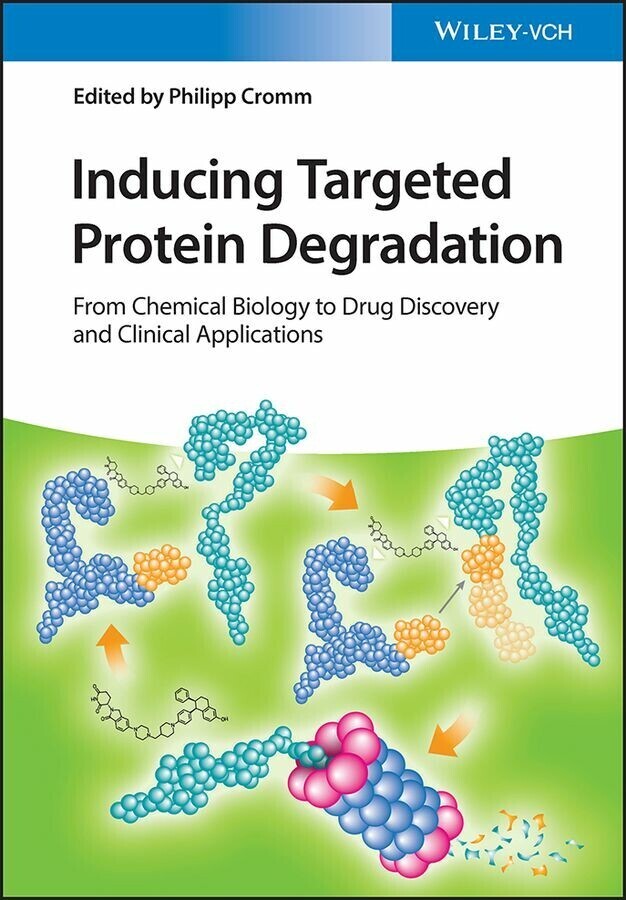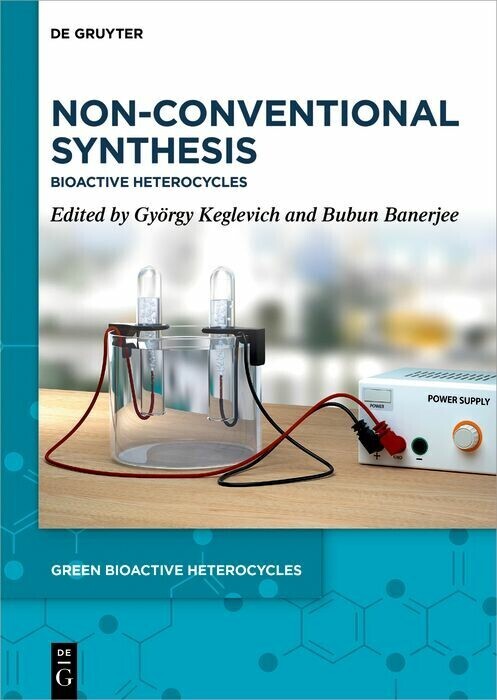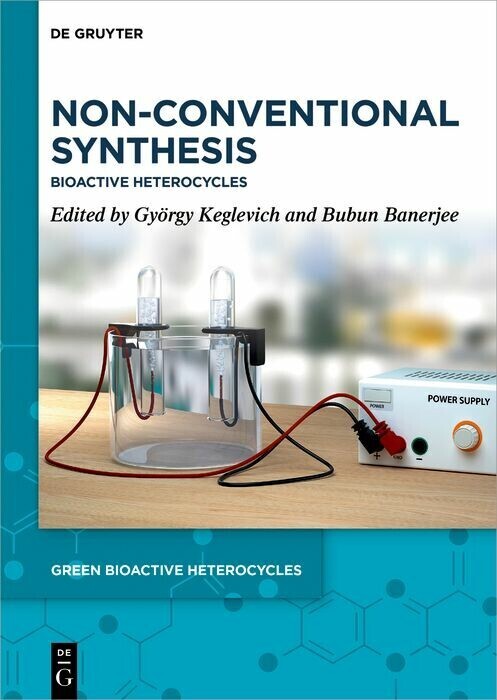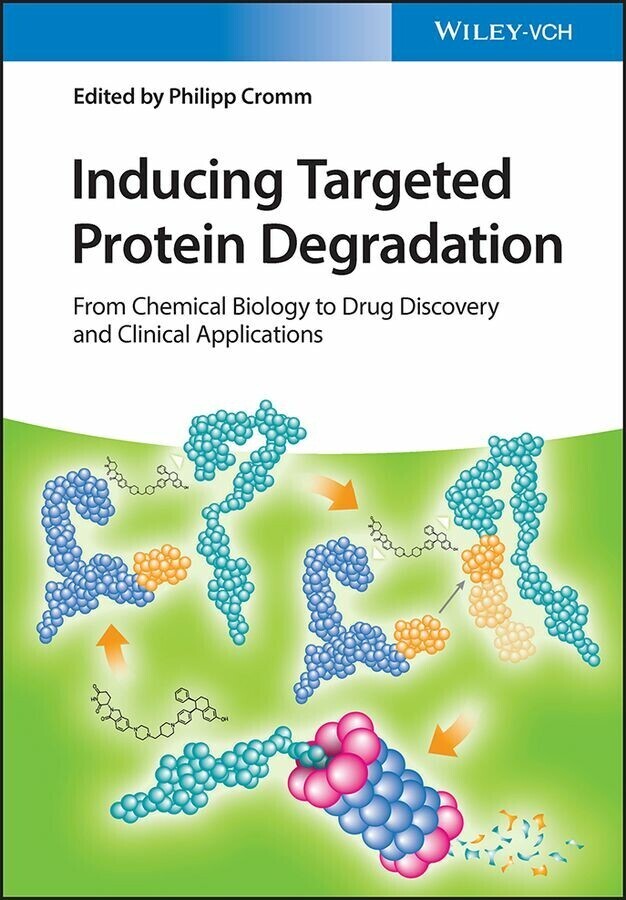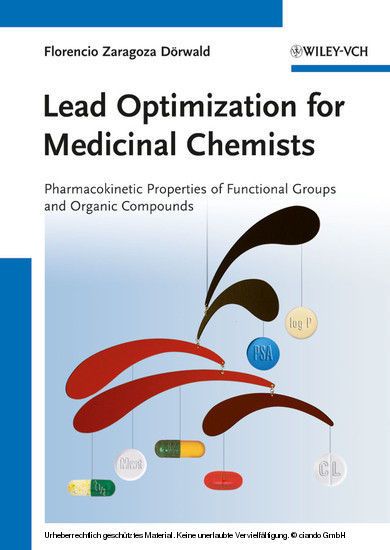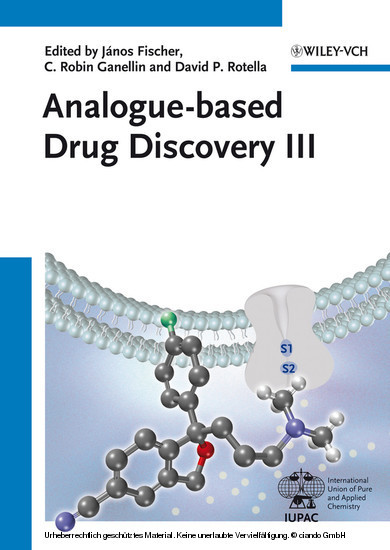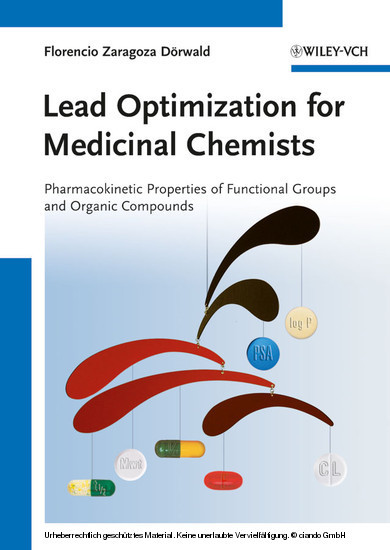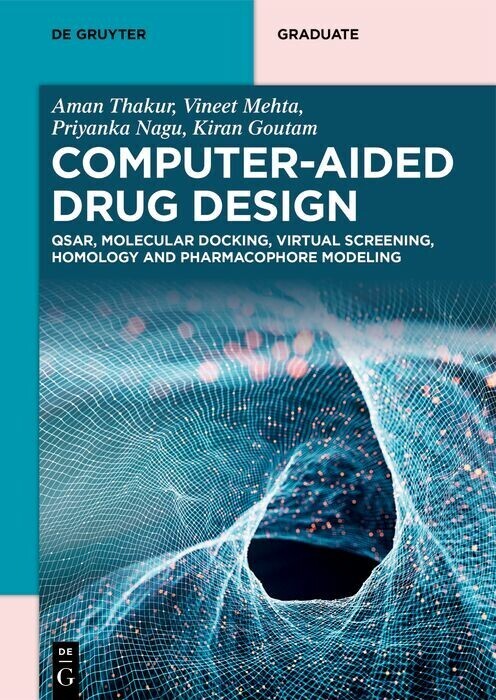Inducing Targeted Protein Degradation
Inducing Targeted Protein Degradation
Enables drug developers in academia and industry to expand the range of accessible drug targets through induced protein degradation
Since the breakthrough of the PROTAC technology in 2015, targeted protein degradation has revolutionized drug discovery, enabling pharma companies to develop completely novel therapeutics. Inducing Targeted Protein Degradation is a timely guide to navigating the complexities of the subject and understanding its practical application, with an eye on expanding the druggable space.
In Inducing Targeted Protein Degradation, readers will find the most recent information on:
- Cellular mechanisms of targeted protein degradation and current approaches to utilize these mechanisms for drug discovery
- A comparison of different induced degradation approaches, including PROTAC, molecular glues, LYTACs and ATTECs as well as additional post translational modifications
- Drug development aspects such as DMPK optimization and criteria for the selection of clinical candidates
- A discussion of the potential of targeted degradation for expanding the druggable space
Inducing Targeted Protein Degradation will serve as a practice-oriented reference on induced protein degradation for drug discovery professionals and for researchers employing chemical biology approaches.
Philipp Cromm studied Chemistry at the Technical University Munich where he worked in the group of Horst Kessler. For his master's thesis he spent time with David J. Craik at the Institute for Molecular Bioscience and received his PhD under guidance of Herbert Waldmann at the Max-Planck-Institute for Molecular Physiology. Thereafter, he carried out postdoctoral studies in the group of Craig Crews at Yale University working on targeted protein degradation. In 2018 Philipp joined Bayer AG as a Medicinal Chemist.
Cromm, Philipp
| ISBN | 9783527836215 |
|---|---|
| Artikelnummer | 9783527836215 |
| Medientyp | E-Book - ePUB |
| Copyrightjahr | 2022 |
| Verlag | Wiley-VCH |
| Umfang | 384 Seiten |
| Sprache | Englisch |
| Kopierschutz | Adobe DRM |

